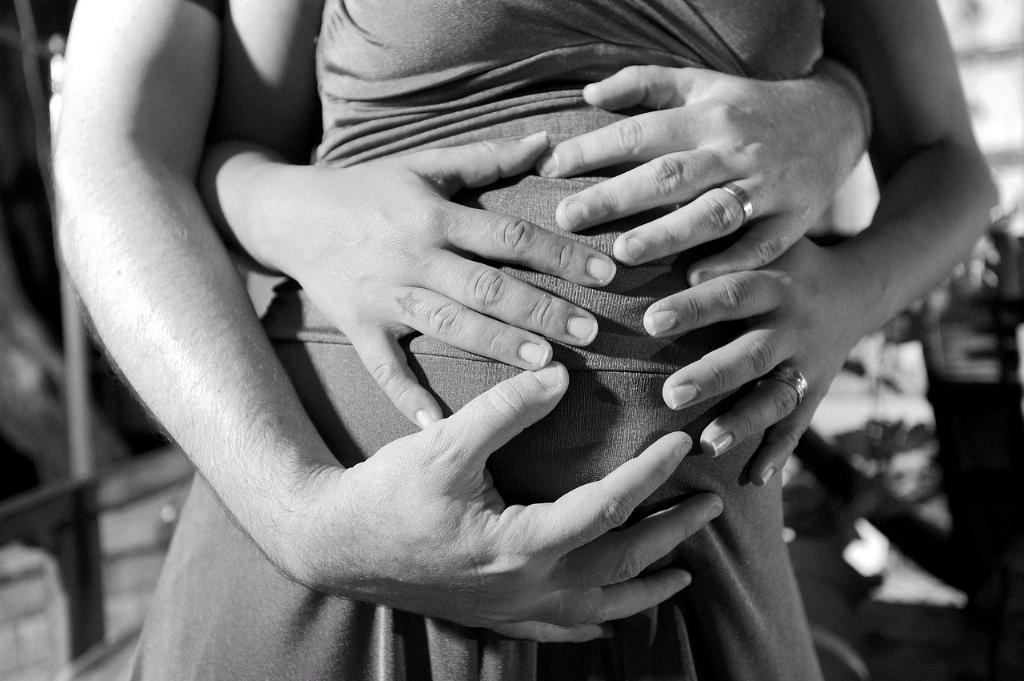One common concern for individuals with belly piercings who are pregnant is whether the piercing hole will stretch during pregnancy. The reality is that the skin around the belly button inevitably expands during pregnancy to accommodate the growing baby. This expansion can impact belly piercings in various ways, including stretching the hole.
Factors Influencing Belly Piercing Stretching
The extent to which a belly piercing hole stretches during pregnancy can vary from person to person. Factors such as the placement of the piercing, the type of jewelry worn, and individual skin elasticity all play a role in how much the piercing may be affected by the changes in the body during pregnancy.
Signs of Stretching
Individuals with belly piercings may notice signs that their piercing hole is stretching during pregnancy. These signs can include tightness around the belly ring, discomfort, or the feeling that the belly button is “popping” outward. It is essential to pay attention to these signs and take appropriate action to avoid any complications.
Importance of Monitoring
Monitoring the status of your belly piercing during pregnancy is crucial to prevent any potential issues. Regularly checking for signs of stretching or discomfort can help you determine if any adjustments need to be made to ensure the health and safety of both you and your baby.
Removing Belly Rings during Pregnancy
If you experience significant discomfort or notice that your belly piercing hole is stretching excessively during pregnancy, it may be advisable to remove the belly ring. Doing so can alleviate discomfort and reduce the risk of complications related to the piercing during this critical time.
Re-piercing After Giving Birth
While removing the belly ring during pregnancy is a common practice, some individuals choose to re-pierce the hole after giving birth. Waiting a few months postpartum allows the body to recover and stabilize, making it a suitable time for re-piercing if desired.
Consulting with a Professional
It’s always advisable to consult with a professional piercer or healthcare provider if you have concerns about your belly piercing during pregnancy. They can offer guidance on managing the piercing, ensuring your safety, and addressing any issues that may arise.
Alternative Jewelry Options
During pregnancy, you may consider switching to more flexible or longer jewelry to accommodate the changes in your body. Flexible materials like bioflex or PTFE can offer more comfort and reduce the likelihood of irritation or stretching of the piercing hole.
Caring for the Piercing Site
Proper care of the piercing site is essential during pregnancy to prevent infections or complications. Keeping the area clean, avoiding tight clothing that may irritate the piercing, and following any aftercare instructions provided by your piercer can help maintain the health of the piercing.
Postpartum Piercing Care
After giving birth, it’s important to pay attention to the healing process if you re-pierce the belly piercing hole. Following postpartum care instructions, keeping the area clean, and monitoring for any signs of infection or discomfort are crucial steps in ensuring the healing of the piercing site.
Body Changes and Piercing Adjustments
It’s essential to recognize that the body undergoes significant changes during pregnancy, and these changes can affect piercings differently for each individual. Being mindful of these changes, staying attentive to your body’s signals, and seeking professional advice when needed can help navigate the journey of having a belly piercing during pregnancy.
Conclusion
In conclusion, belly piercing holes can stretch during pregnancy due to the natural expansion of the skin around the belly button. Monitoring for signs of stretching, removing the belly ring if necessary, and seeking professional guidance are essential steps in caring for your piercing during this transformative time. By being proactive and attentive to your body’s needs, you can navigate the changes with confidence and ensure the well-being of both you and your baby.

